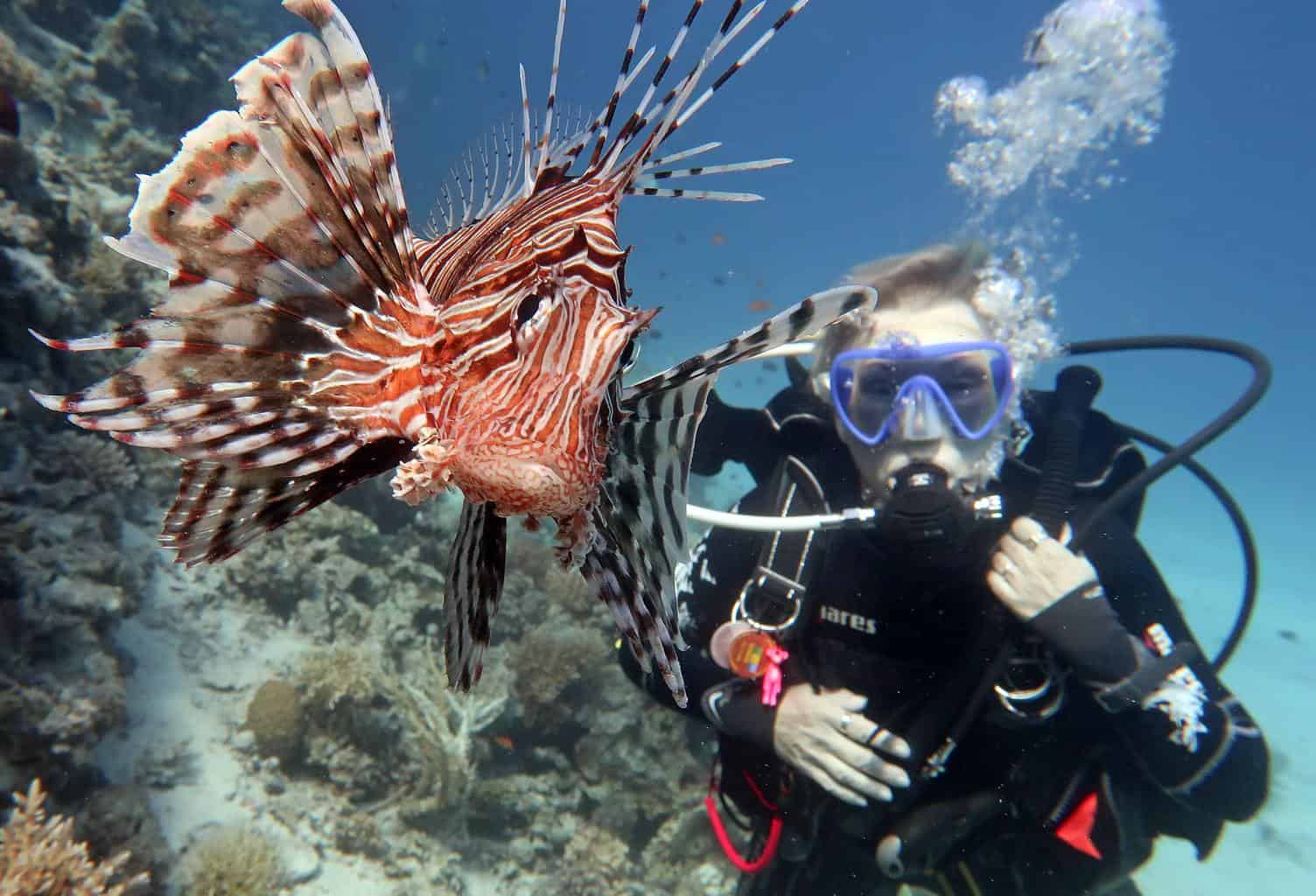If you’re looking for coral reef scuba diving within the United States, then your choices are a bit limited.
Fortunately, there is one part of the continental U.S. that has far more in common with the Caribbean than the rest of the country.
The Florida Keys and, in particular, Key West can give you everything you could look for in a perfect dive trip.
This article will show you how you can enjoy Key West’s fantastic reef and wreck diving and when the best time to visit is.
- Key West
- What Are the Best Scuba Diving Sites in Key West?
- How is Snorkelling in Key West?
- What Is the Best Time of Year to Scuba Dive in Key West?
- Conclusion
- You Might Also Like…
Key West
Key West sits at the end of the coral archipelago island chain known as the Florida Keys.
The Keys start at the end of the Florida peninsula south of Miami and run in a gentle curve heading southwest, with the Atlantic Ocean to the east and the Gulf of Mexico to the northwest.
Approximately 1,700 islands in total make up the Keys, most of which are very small.
The main 43 islands have been connected since the 1950s by the Overseas Highway, which allows you to drive all the way from Miami down to Key West.
Also known as the “Conch Republic,” Key West is the southernmost city of the continental United States and is famously just “90 miles from Cuba.”
Running south, parallel to the Keys, and approximately 170 miles long, is the Florida Reef, the only living barrier reef in the continental United States and the third-largest barrier reef globally.
The Florida Keys National Marine Sanctuary was designated in 1990 to protect the Keys’ marine environment and covers 3,800 square nautical miles of water.
The sanctuary covers not only the coral barrier reef but also seagrass beds and mangrove islands and is home to more than 6,000 species of marine life.
The sometimes treacherous waters surrounding the Keys has meant that there have been hundreds of shipwrecks over the centuries, many of which are accessible to recreational scuba divers.
Additionally, authorities have deliberately sunk several ships around the Keys to form artificial reefs.
Scuba Diving Key West
Scuba diving in Key West is well established with numerous excellent dive shops with highly experienced guides and instructors, and so has a lot to offer divers of all levels.
The inner reefs of the Florida Barrier Reef provide a range of relaxed dives down to around 30 feet / 9 m deep, while the outer reefs have more adventurous dives generally in about 30 to 90 feet / 9 to 27 m.
The reefs are full of coral and reef marine life of all kinds.
The outer reef dives have exceptionally beautiful formations, with stunning corals, gorgonians, and often larger fish and sharks.
Lucky divers can spot manta rays, dolphins, and even manatees.
However, for many visiting scuba divers, the strong appeal of visiting Key West is for its wreck diving.
Indeed, the Florida Keys are rated by National Geographic as one of the nine best places for wreck diving:
“A long maritime legacy paired with the many shallow reefs surrounding the Florida Keys makes it one of the best places on the planet for wreck diving.”
What Are the Best Scuba Diving Sites in Key West?
These are the top five best scuba dive sites in Key West from wrecks to reefs that mustn’t be missed by any visiting diver.
1. Gen. Hoyt S. Vandenberg
The Vandenberg was sunk in 2009 to make both the world’s second-largest artificial reef and one of the most famous scuba diving wrecks.
This former second world war troop transport and later missile tracking ship was extensively cleaned before it’s sinking to keep any environmental impact to a minimum.
At a massive 522 ft (160 m) in length, this vast ship now rests on the bottom at a maximum depth of 165 ft (50 m).
The main deck lies at around 100ft (30m), with the tallest superstructure areas ranging between 55 to 70ft (16 to 22m) deep.
It is at the top of the structure that most of the ship’s exciting areas are located.
The most famous areas for photographers are the remains of the giant radar dishes used to track the Mercury, Gemini, and Apollo space capsules in the 1950s and ’60s.
As an artificial reef, the ship attracts large amounts of marine life.
Fish schools fill the inside areas and surround external structures.
Divers can often spot hunting fish attracted by these as they dart in and out looking for a meal.
The Vandenberg is an advanced dive site requiring reasonable experience levels.
Several dives with a guide are required to see anything approaching the whole of this epic ship.
For suitably experienced divers, the Vandenberg is simply a MUST SEE when visiting Key West.
2. Cayman Salvage Master
The Cayman Salvager is a 180ft (55m) long, steel-hulled buoy tender ship sunk in 1985 to make an artificial reef.
She is sitting upright on the 90ft (27m) bottom and has cavernous open holds that provide shelter for some large marine life.
The wreck is famous locally for encounters with the resident Goliath Grouper as well as large Moray Eels.
The average depth is about 60 to 80ft (18 to 25m), which allows for plenty of dive time to experience this beautiful wreck.
3. Joe’s Tug
The wreckage of this tugboat rests in depths ranging from 60 to 75ft (18 to 22m).
The broken-up tug has become home to considerable growths of soft and hard corals and reef fish and is fantastic for photography.
There is even a Goliath Grouper here that has been named “Elvis” by local divers.
4. Sambos Reef
Sambos Reef is actually a collection of three coral formations, named Eastern, Middle, and Western Sambo, each separated by white sand bottoms.
Depths range from 10 to 50ft (3 to 15m) and the reefs are regarded as one of the best areas in Key West for scuba diving.
The Sambo Reef system is protected within the area of the Florida Keys National Marine Sanctuary.
No fishing is allowed here to protect the reef and fish stocks.
The three reef structures are home to a wide variety of reef fish and coral and attract hunting fish coming in for their lunch.
Spiny lobsters are found hiding under the numerous ledges in the reef structure.
Large fields of brain coral and elkhorn hard corals can be seen, and occasionally sleeping Nurse Sharks can be found on the sandy bottoms.
Sambos Reef covers a large area and so can be visited numerous times without repeating the same dive.
5. Sand Key
Sand Key is known for its excellent snorkeling, but it is also fantastic for scuba diving.
Depths range from 35 to 75ft (10 to 23m).
Large coral heads can be found on the northwestern ocean side of the island.
Eagle Rays are often found cruising the sandy areas looking for buried food.
Barracuda can be seen cruising the open waters and visiting the reef for a tidy at the numerous cleaning stations.
Sand Key is perfect if you have a non-diving partner or family member.
You can scuba dive while they enjoy the snorkeling.
How is Snorkelling in Key West?
For non-divers, snorkeling in Key West is the perfect way to experience the beauty of the coral reef!
Key West is an ideal snorkeling location with many readily accessible, sheltered areas featuring plenty of stunning wildlife to see.
As the waters in most areas are relatively shallow, snorkellers can get a fantastic view of the reef and have a chance to spot larger marine animals such as turtles on the sand or seagrass covered areas.
What Is the Best Time of Year to Scuba Dive in Key West?
The Florida Keys have a warm climate all year round, but the summers can be too hot and humid for some visitors.
Many people will see this as a great reason to be in the water scuba diving rather than sweating on land.
While the winter does have lower temperatures in the air, the sea is also considerably cooler, and there will likely be choppier surface conditions and lower visibility on dive sites.
Hurricane season usually runs from mid-August to late September, so it’s generally better to avoid these times.
The peak season for seeing sharks is usually when the waters are colder, between around January and May.
Manta Rays might be spotted later in the year, during the months of June to August.
Turtle sightings are most common between May and September.
On balance, the best scuba diving season in terms of temperature and wildlife is generally accepted as between March and July.
Key West Weather Data
The average temperatures in Key West range between 70°F (21°C) in January to 84°F (29°C) during August.
The wettest month is August, with about 4” of rain (105mm).
Sea temperatures range from 66°F (19°C) in January and February to over 86°F (30°C) in August.
Conclusion
Key West offers a great mix of reef diving along with some of the most impressive wrecks available anywhere for recreational scuba divers.
Combined with a gorgeous climate and wide variety of opportunities for fun and relaxation on land, Key West is well worth adding to your scuba holiday wish list.
You Might Also Like…
-

How Do Scuba Divers Drink Water? 5 Possible Ways (+7 Tips)
-

How Long Can Scuba Divers Stay Underwater? (+9 Limiting Factors)
-
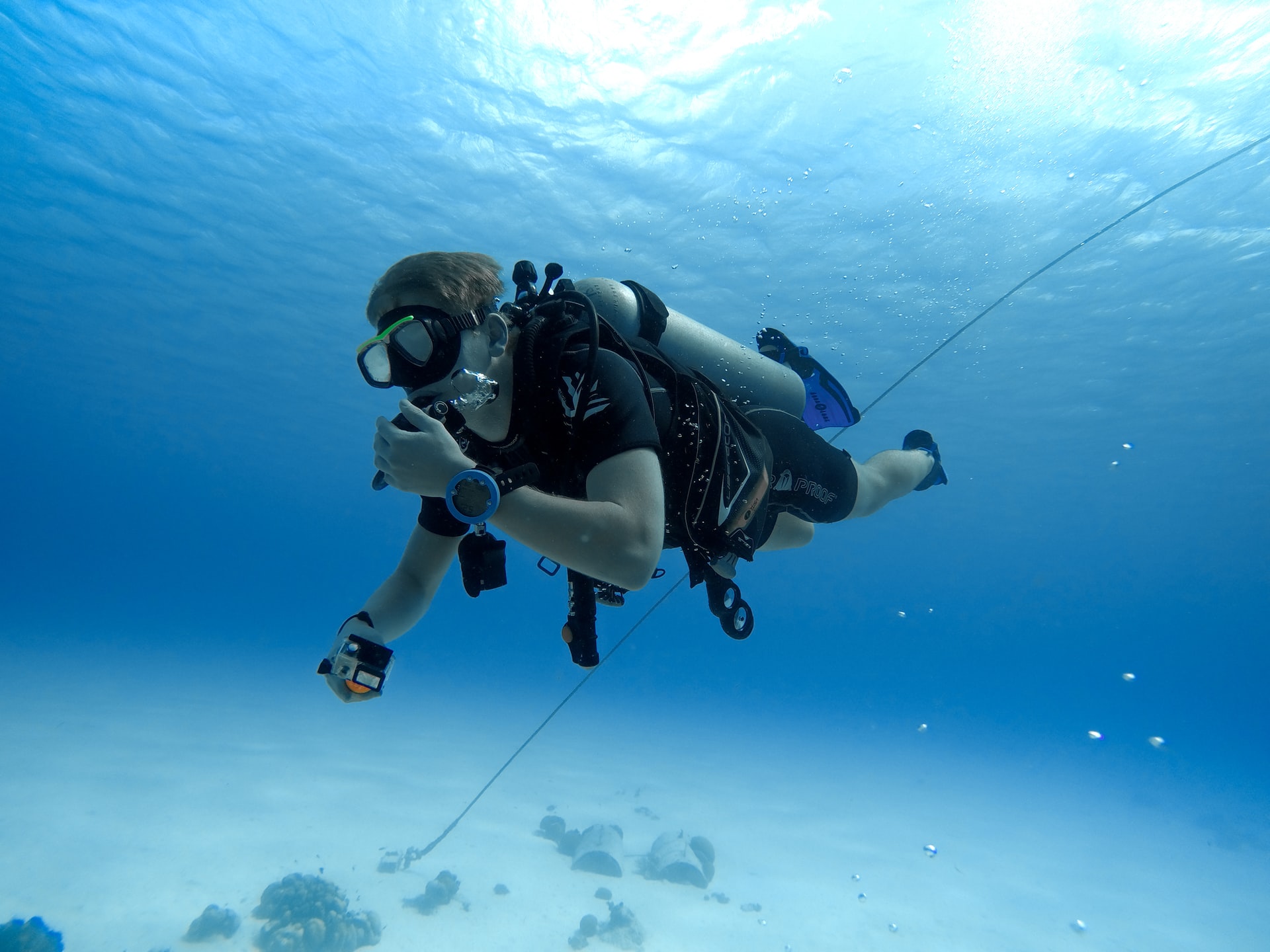
Are Scuba Divers Athletes? All the Facts (+New Competitive Forms)
-
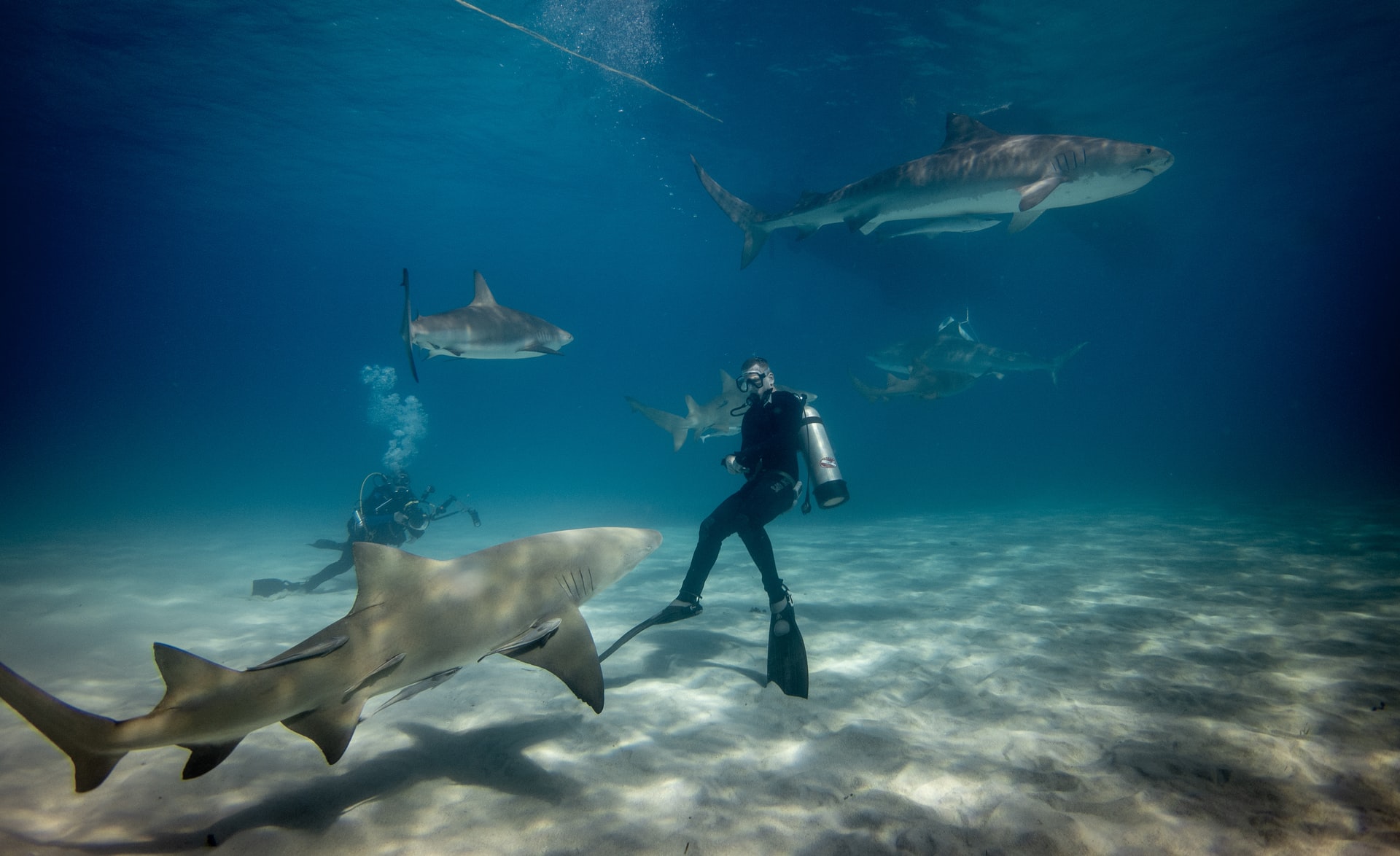
Are Sharks Scared of Scuba Divers? (What Every Diver Must Know)
-
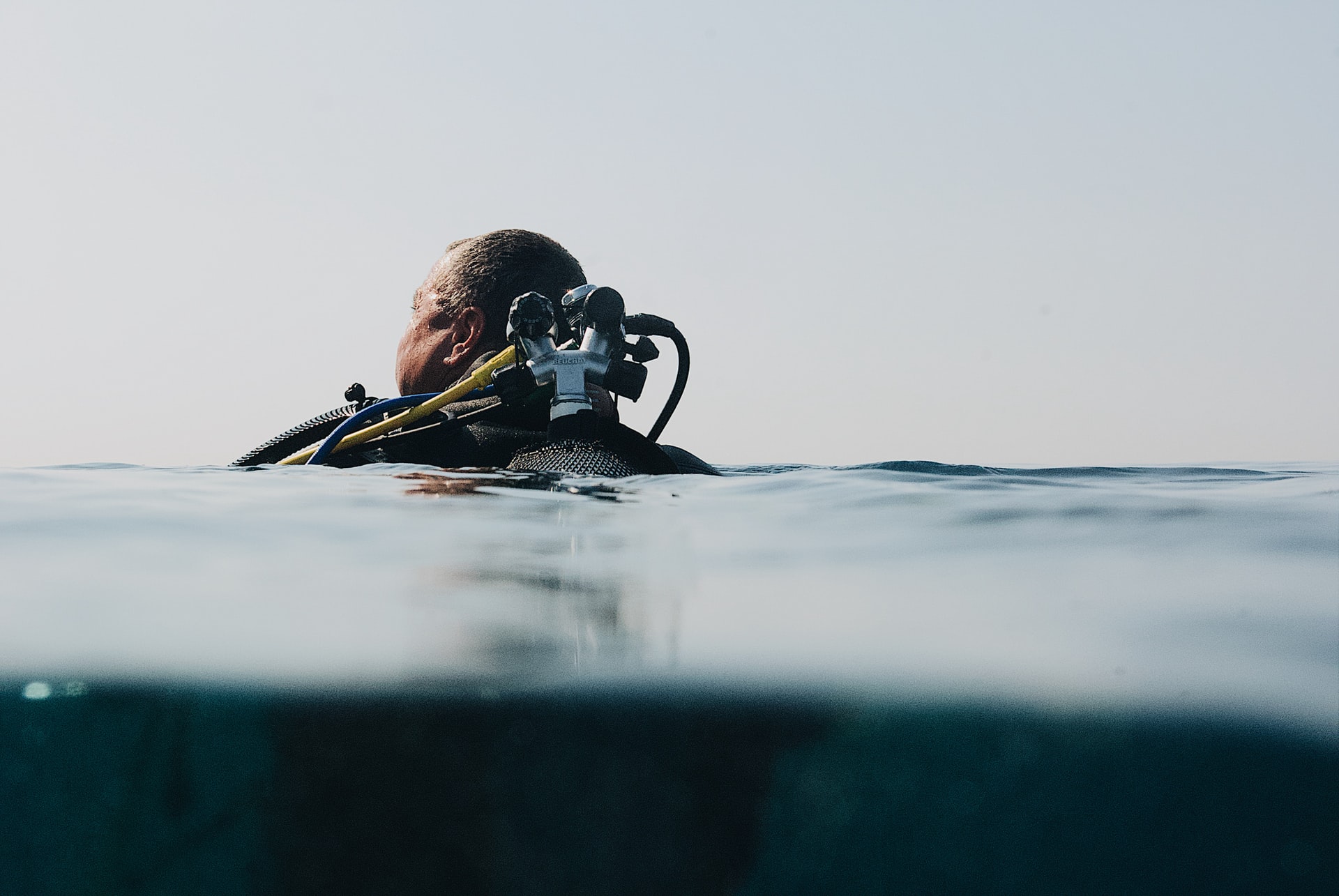
Who Should Not Scuba Dive? 17 Reasons (Every Diver Should Know)
-
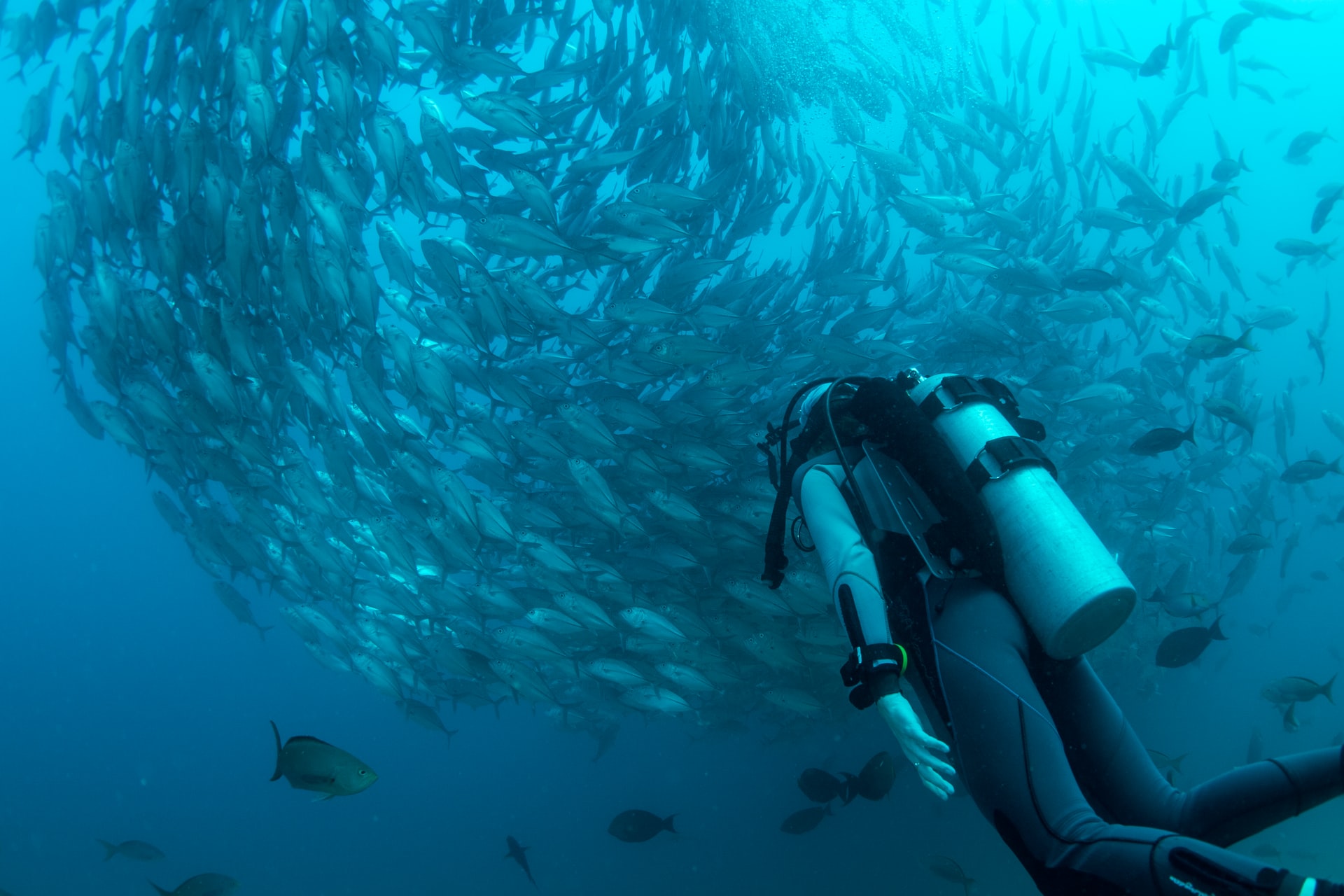
Should I Be Scared of Scuba Diving? 8 Common Fears (Debunked)
-
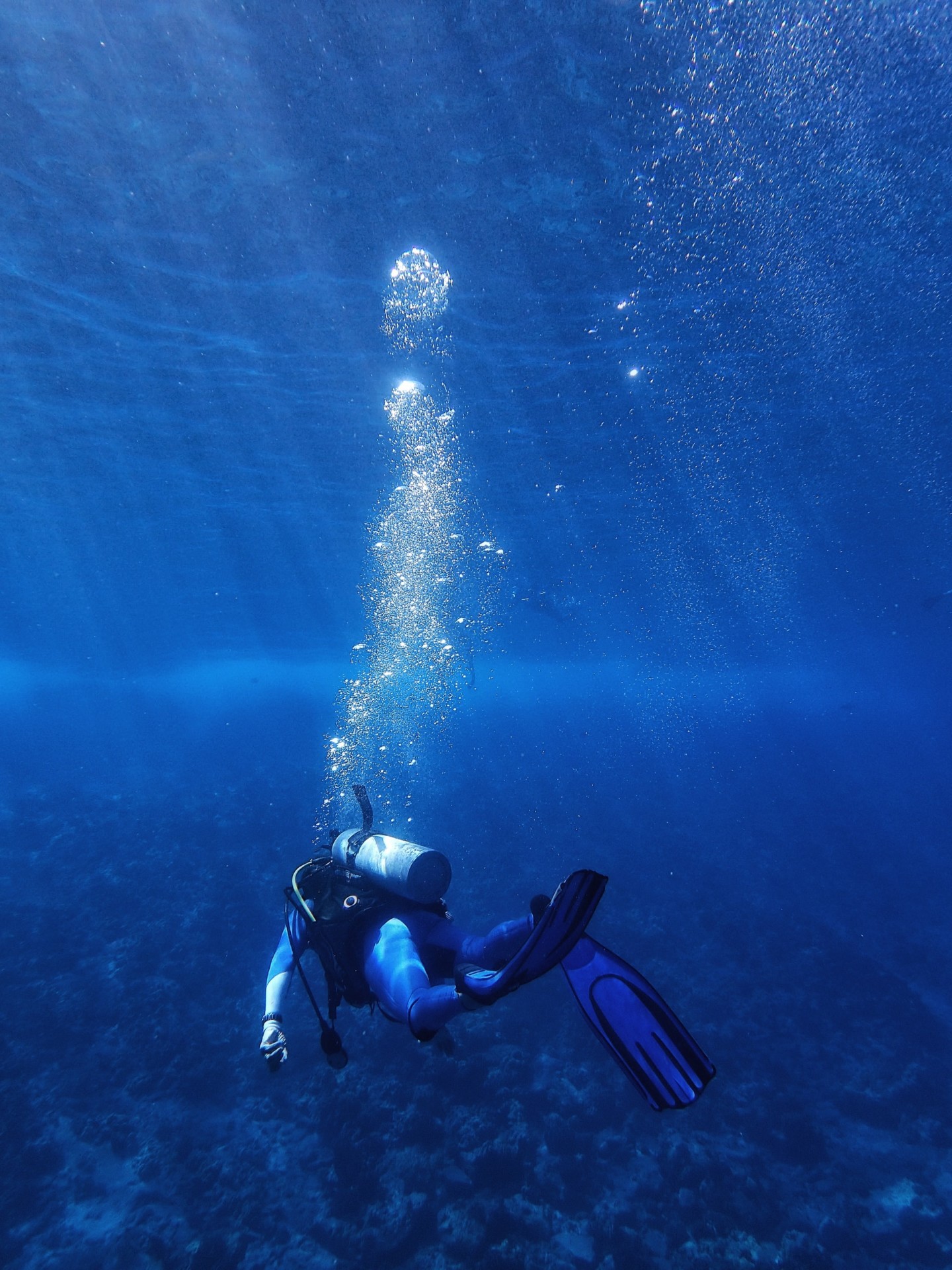
Why Do Scuba Divers Use More Air at Depth? (+4 Practical Tips)
-
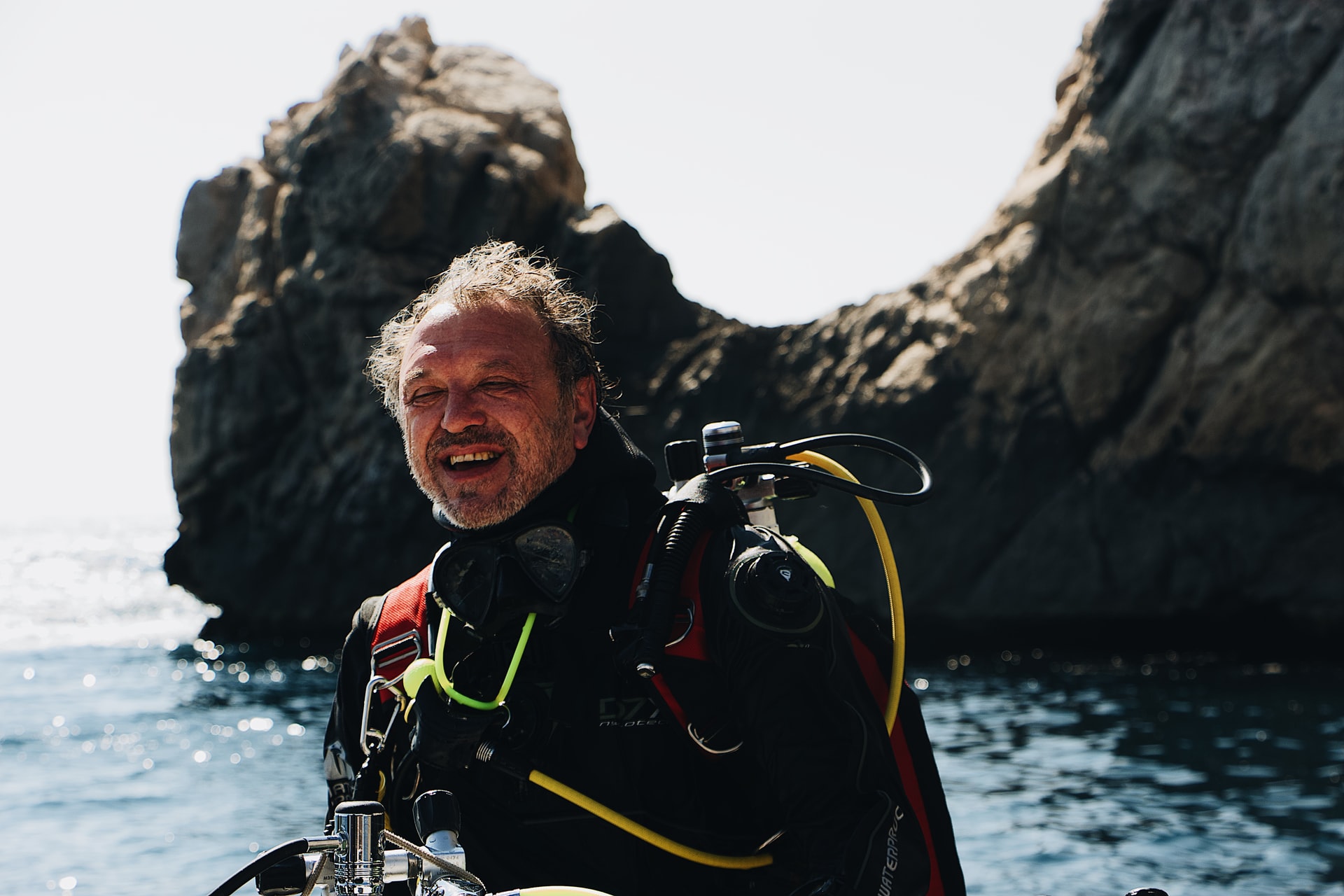
At What Age Should You Stop Scuba Diving? (+9 Tips for Older Divers)
-
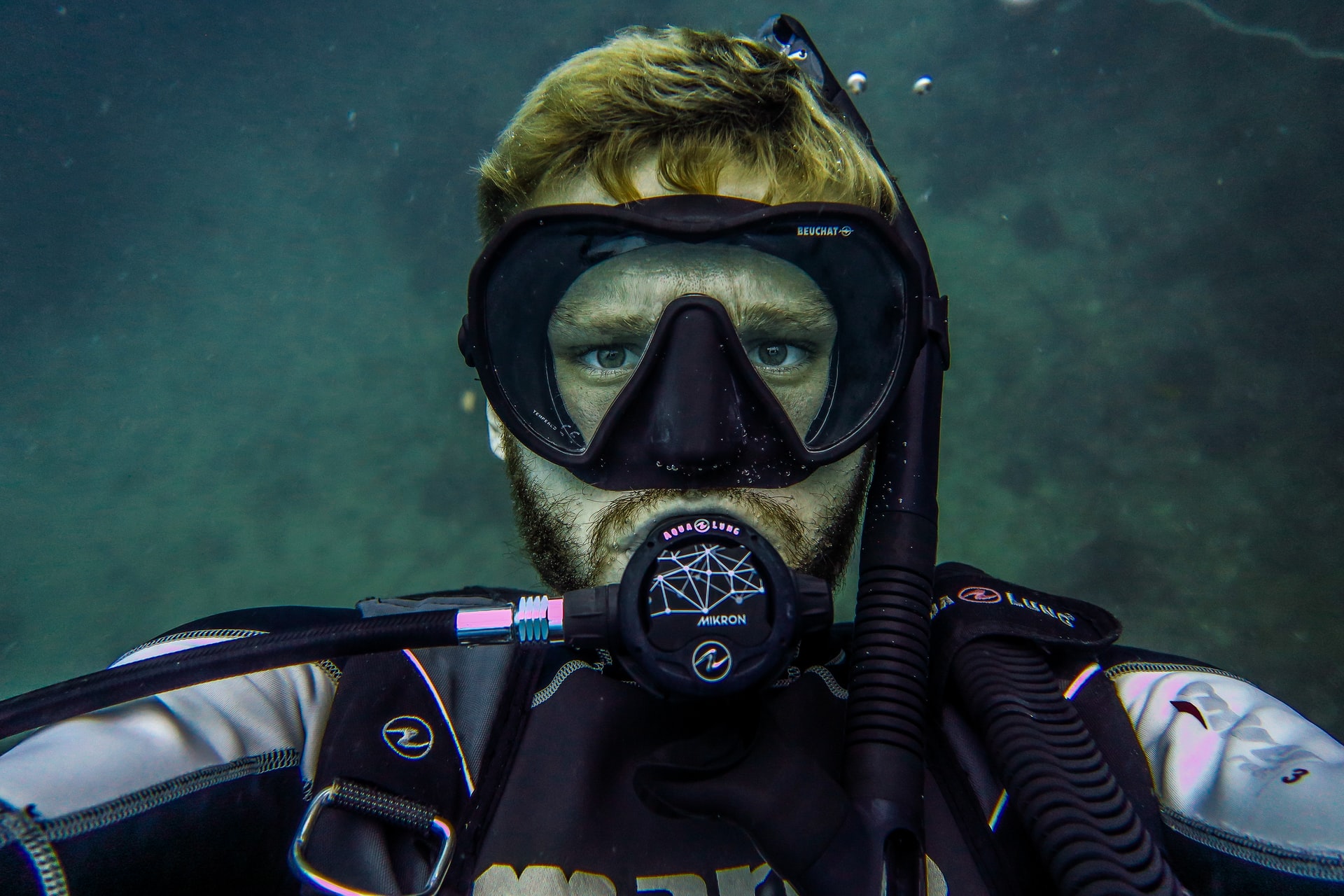
Should I Shave Before Scuba Diving? Crucial Facts (+9 Helpful Tips)
-
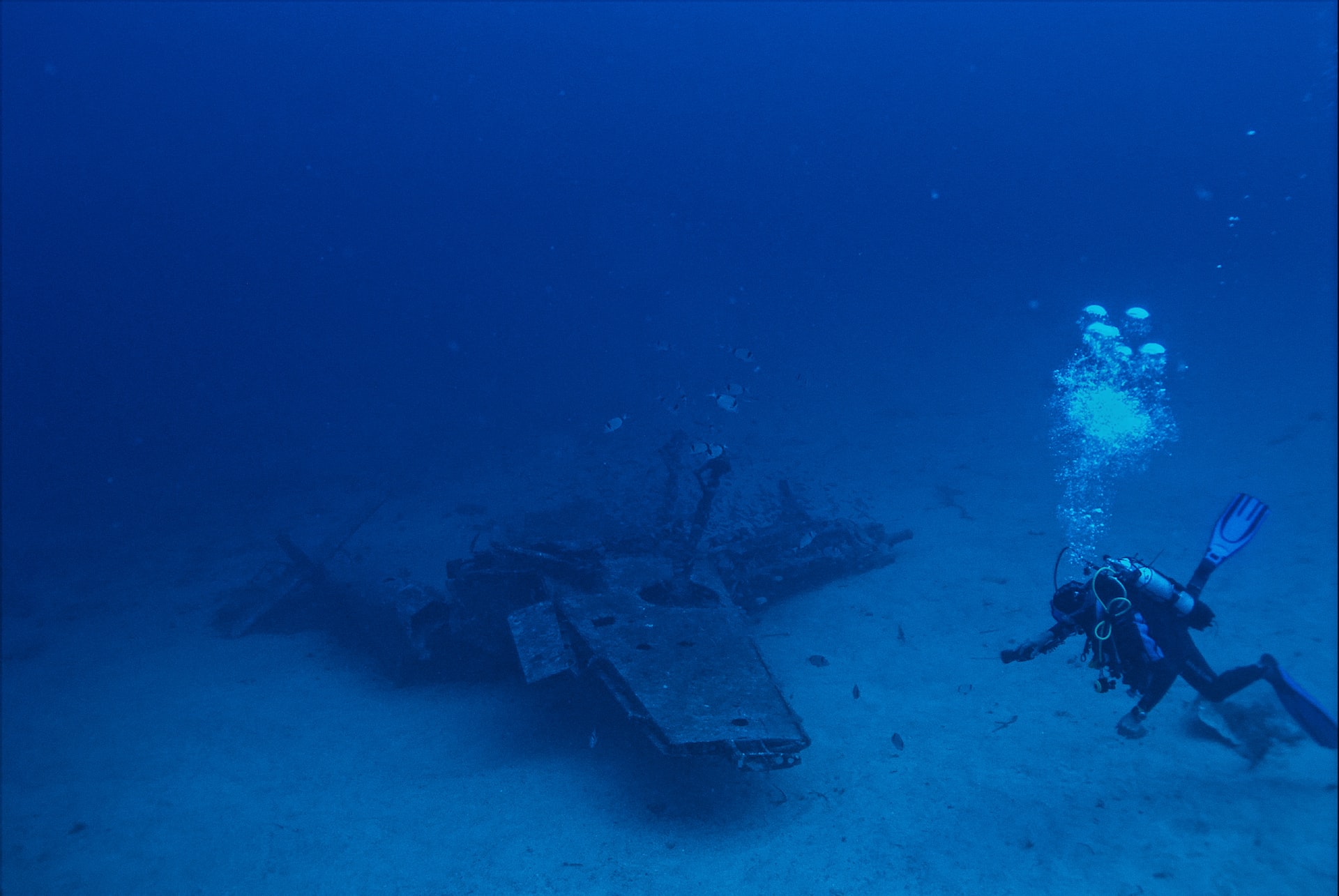
Why Do Scuba Divers Use Helium? (+Its Pros & Cons)
-
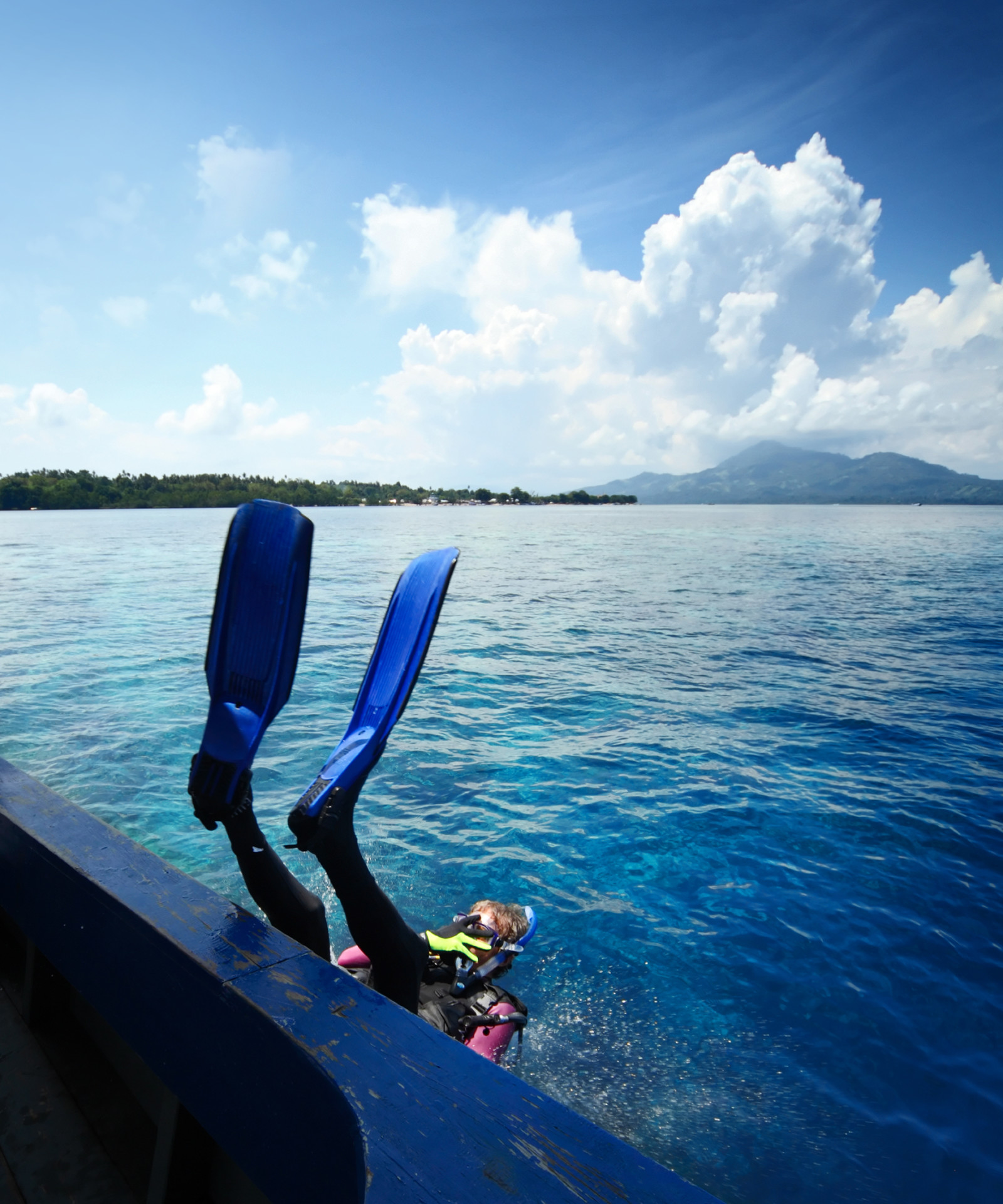
Why Do Scuba Divers Go in Backwards? (+3 Alternative Entries)
-
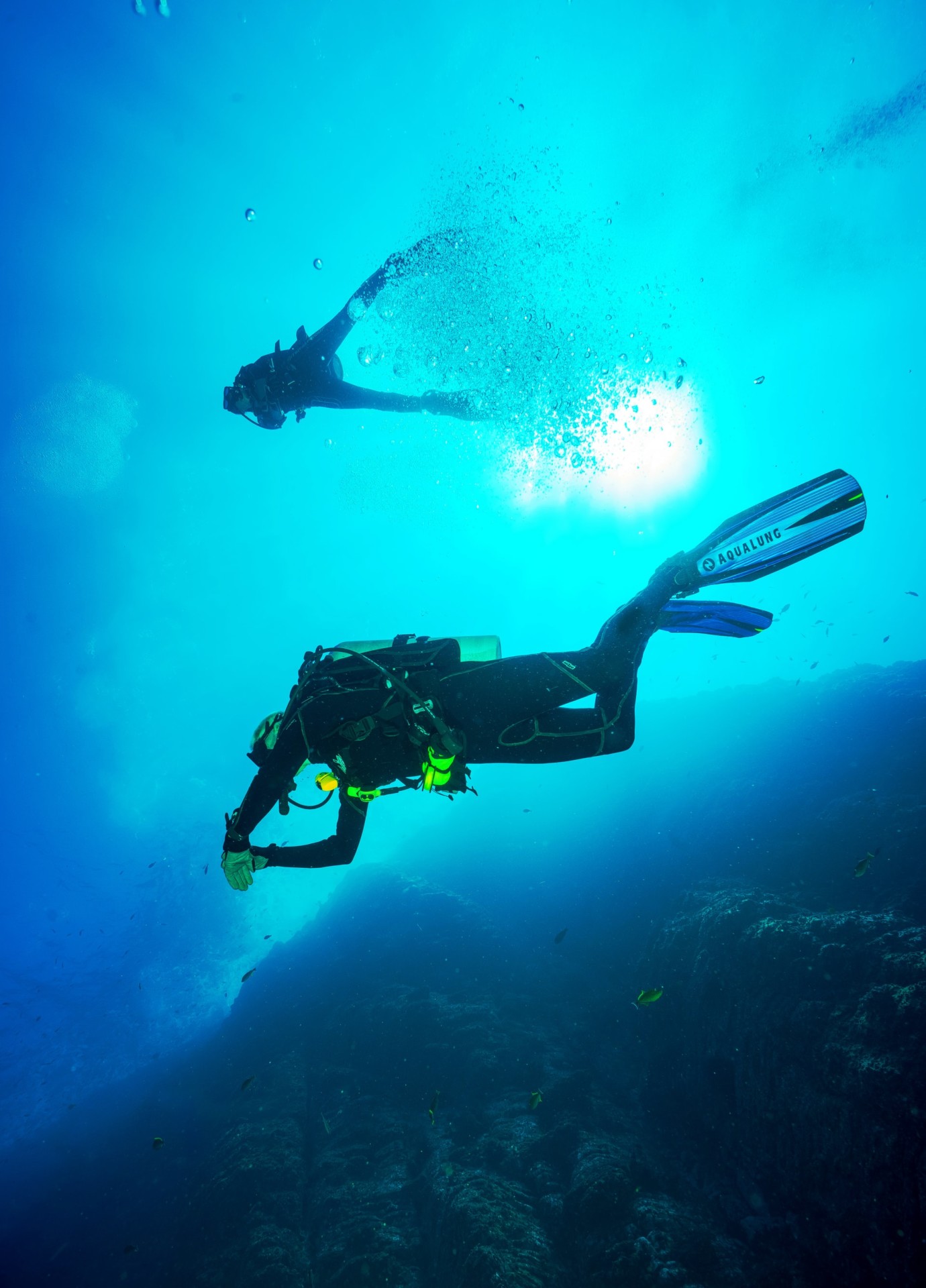
How Do Scuba Divers Sink and Float? (+Tips to Get It Right)

